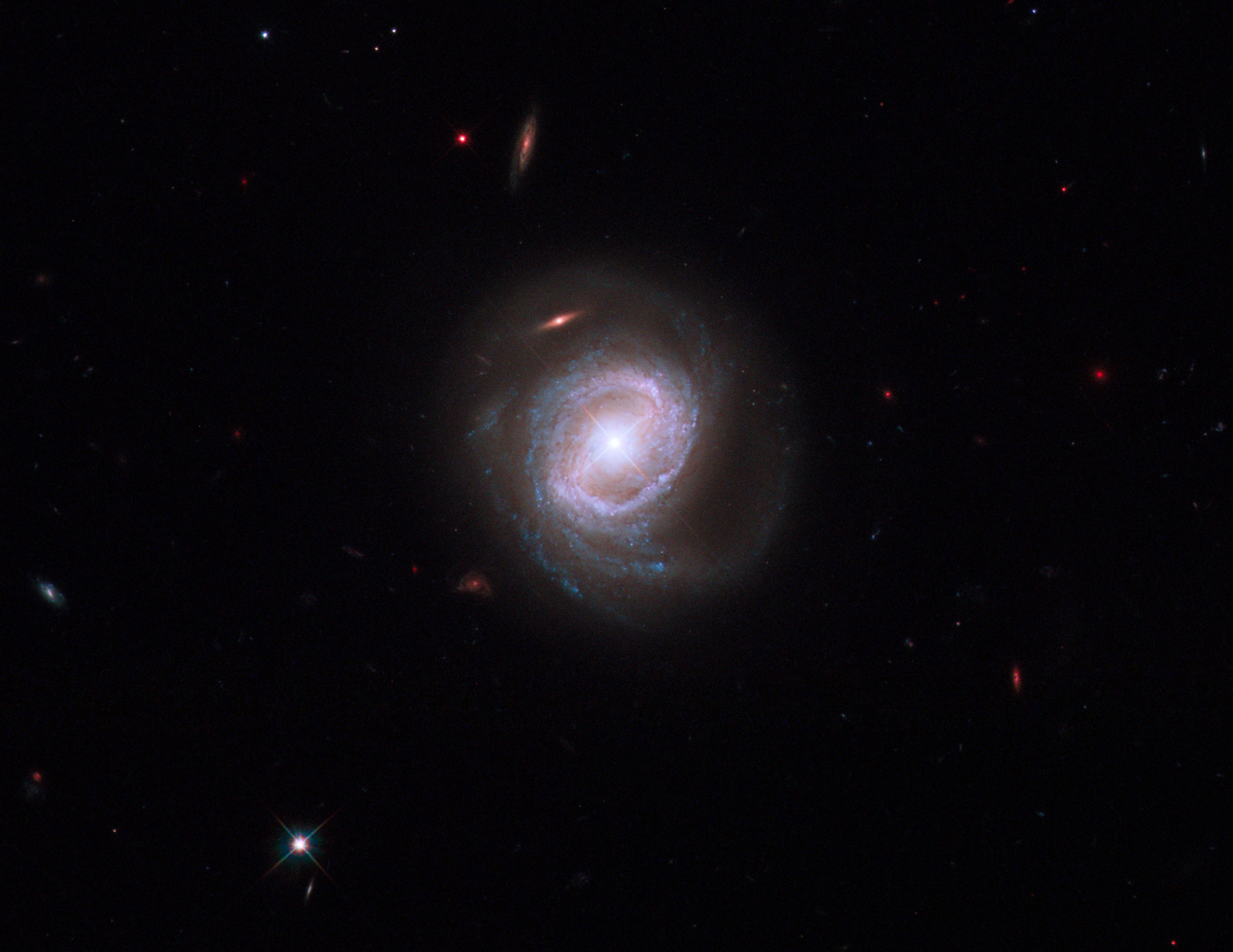Supermassive black holes can certainly be messy eaters. They are not exactly plugholes that devour every last drop. In fact, they are more like toddlers. Sure, they might be gluttons and try to get a lot of food in their mouths, but they will also make a mess. So imagine finding a mess even when the toddler has only a snack in front of them. This is what researchers have found looking at the supermassive black hole inside galaxy Markarian 817.
The mess in black holes occurs because the gas that approaches them settles in an accretion disk before being eaten. The enormous gravity and the interactions in the disk release a lot of energy, which in turn pushes some material away in powerful galaxy-size winds.
The most active black holes do that very well. But the one in Markarian 817, located 430 million light years from us, is a modest black hole in a regular galaxy. Despite the apparent tranquility, observations are showing the same powerful winds. These winds released over the accretion disk lasted for several hundred days and moved at a few percent of the speed of light.
“You might expect very fast winds if a fan was turned on to its highest setting. In the galaxy we studied, called Markarian 817, the fan was turned on at a lower power setting, but there were still incredibly energetic winds being generated,” lead author Miranda Zak, an undergraduate researcher at the University of Michigan, said in a statement.

Hubble’s view of Markarian 817
Image credit: NASA, ESA and the Hubble SM4 ERO Team
The previously unseen behavior could explain features in galaxies that have been noticed for a while. Objects like our own Milky Way have few new stars forming in their central region, the area around their supermassive black holes. Maybe ultra-fast winds from a little snack are responsible for that scarcity.
“It is very uncommon to observe ultra-fast winds, and even less common to detect winds that have enough energy to alter the character of their host galaxy. The fact that Markarian 817 produced these winds for around a year, while not being in a particularly active state, suggests that black holes may reshape their host galaxies much more than previously thought,” added co-author Elias Kammoun, an astronomer at the Roma Tre University, Italy.
The crucial observations came from the European Space Agency XMM-Newton telescope. It saw how the winds were blocking the X-rays emitted in the immediate surroundings of the black hole. The measurements were then backed up by NASA’s NuSTAR telescope.
The study is published in The Astrophysical Journal Letters.
Source Link: Tantrum-Throwing Black Hole Shouldn’t Be This Active